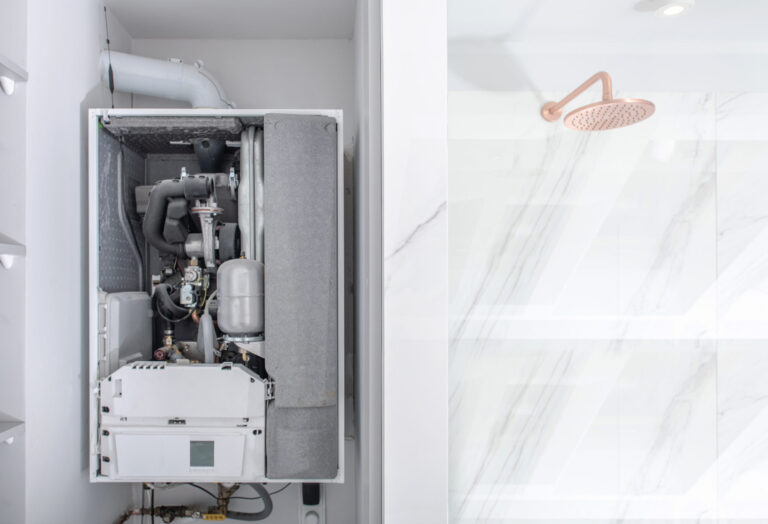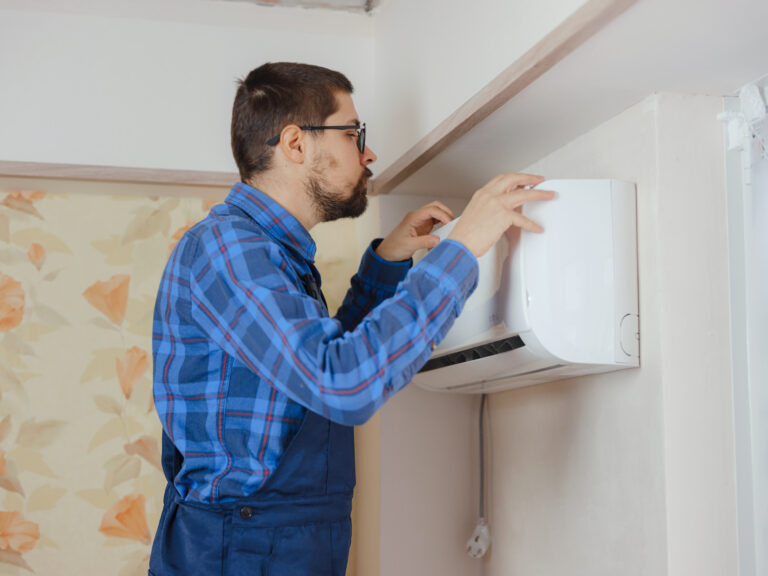Fibromyalgia is a chronic disorder that causes widespread musculoskeletal pain, fatigue, and memory problems. Fibromyalgia is estimated to affect up to 10 million Americans. It occurs more often in women than in men. The cause of the condition is unknown. However, it is believed that fibromyalgia may be related to abnormalities in how the brain and spinal cord process pain signals. There are many possible treatments for fibromyalgia, and many people use multiple forms of treatment to achieve relief from their symptoms. One thing that helps many women is exercise. If you want to learn more, read on to find out exactly how exercise can benefit women with fibromyalgia.
How does exercise benefit women with fibromyalgia?

First, it’s important to know that if you want to exercise with fibromyalgia, you’ll need to invest in comfortable athletic wear, like the options from The Beginning Of women’s clothing. When you’re working up a sweat, the last thing you want is to be wearing something that’s restrictive or irritating. If you’re looking for something that will keep you cool and comfortable, choose a pair of athletic shorts or pants made from breathable fabric. If you’re looking for something that will keep you warm, choose a jacket or sweatshirt made from a fabric that is ideal for heat retention.
In general, exercise can improve fibromyalgia symptoms by reducing pain, improving mood, and increasing energy levels. Additionally, exercise can improve sleep quality and overall physical fitness. Pain relief is one of the main benefits of exercise for women with fibromyalgia. Exercise releases endorphins, which are natural painkillers, and they can also improve joint function and flexibility. Additionally, exercise can boost mood, which is often affected in women with fibromyalgia. Exercise can even elevate self-confidence and reduce feelings of depression and anxiety.
Some of the most beneficial exercises for women with fibromyalgia include aerobic exercise, strength training, and stretching. Aerobic exercise is beneficial because it protects cardiovascular health and can improve mood. Strength training can help improve muscle strength and reduce pain, while stretching can address flexibility and range of motion.
What else can you do to improve your overall health and wellness?

Purchasing comfortable clothing choices for women with fibromyalgia is a key part of any treatment plan. You also need to go further than that and put together a daily routine that supports your body’s needs. Eating a healthy diet is critical for everyone, particularly women with fibromyalgia. The right foods can reduce pain and inflammation and improve energy levels. Stress can also be a major trigger for fibromyalgia symptoms, so you have to find ways to manage it. Some techniques that can be useful include deep breathing exercises, meditation, journaling, and aromatherapy.
Sleep is essential for everyone, but especially for women with fibromyalgia. Fibromyalgia is a condition that causes widespread pain and fatigue. Symptoms can be worsened by a lack of sleep. In fact, research has shown that getting enough sleep is one of the best things you can do to improve your fibromyalgia symptoms. Sleep deprivation can also lead to a range of other health problems. Good sleep hygiene is required for getting quality sleep. This includes setting a regular sleep schedule, avoiding caffeine and alcohol before bed, and winding down for 30 minutes before sleep.
Women with fibromyalgia should make exercise a priority. Exercise has been shown to assist in managing fibromyalgia symptoms, including pain, fatigue, and mood. Exercise can improve your overall health and fitness levels, which is beneficial for everyone, including fibromyalgia patients. Low-impact exercises, like walking and swimming, are a good place to start if you are new to exercise or have fibromyalgia-related pain and fatigue. If you are looking for a more challenging workout, higher-impact exercises like running or aerobics may be a good fit for you. Just make sure you invest in quality workout gear so you can stay safe and comfortable.















